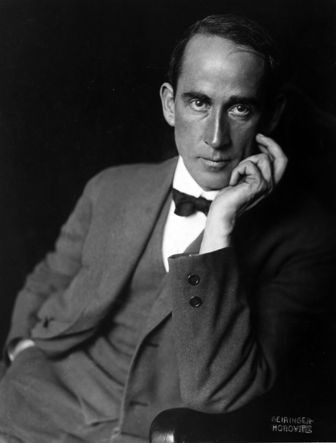
Anton Faistauer (1887-1930)
Anton Faistauer was born on February 14th 1887 in St. Martin near Lofer (Salzburg). It was in grammar school that the son of a farmer family turned towards painting. From 1904 to 1906 he attended the private painting school Robert Scheffer in Vienna, followed by studies at the academy of visual arts in Vienna.
Together with Anton Kolig, Robin Christian Andersen, Franz Wiegele and Egon Schiele, Faistauer founded the “Neukunstgruppe” as a protest against the conservative, academia-orientated cultural activities in 1909. Between 1909 and 1912 he undertook several journeys, amongst others to Germany (Berlin) and Italy. Released from gun-toting military service due to unfitness, Faistauer organized together with Egon Schiele war-themed painting-exhibitions in the k.u.k.-Military Museum during the First World War. From 1919 on he lived in Salzburg where he launched the progressive artists-consortium “Der Wassermann”. From 1926 Faistauer worked in Vienna.
French painting – especially Paul Cézanne – highly influenced his artistic formation. Faistauer took part in several exhibitions in Austria as well as abroad (Munich, Vienna, Cologne, Dresden and Rome). In the 1920ies he ranked among the most important Austrian fresco painters – his large frescos aimed to affiliate Modern forms of expression with traditional elements and religious themes. In 1922/23 Faistauer published the book “New painting in Austria”.
His work was already extensively exhibited in his lifetime and valued by art collectors. Beside Klimt, Schiele, Kokoschka and Boeckl, Faistauer is considered to be one of the most important pioneers of Modern painting in Austria. Compared to the avant-garde he however never cut the continuity to the great occidental painting tradition.
Faistauer died on February 13th 1930 after a stomach operation at the age of 43 in Vienna.


